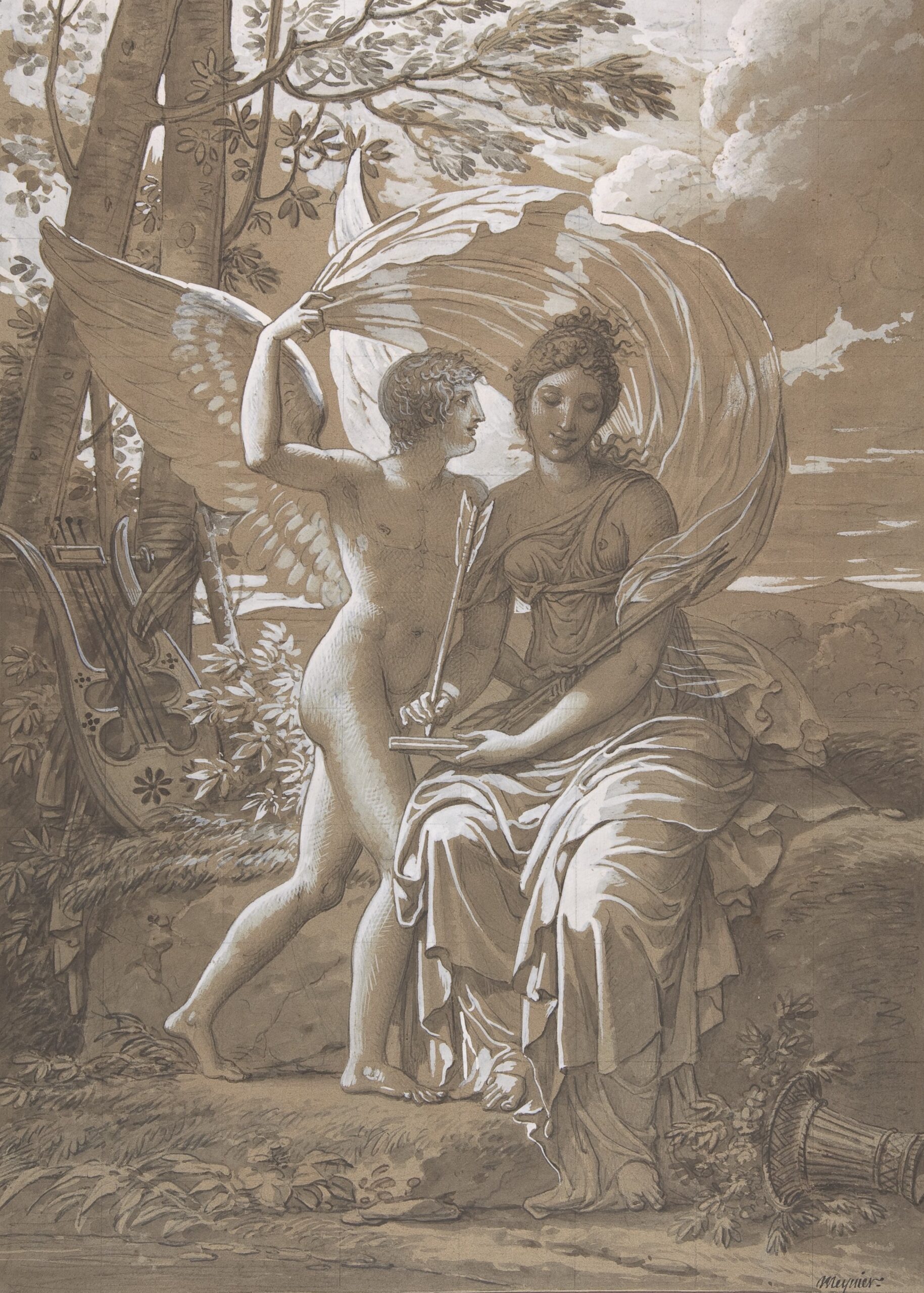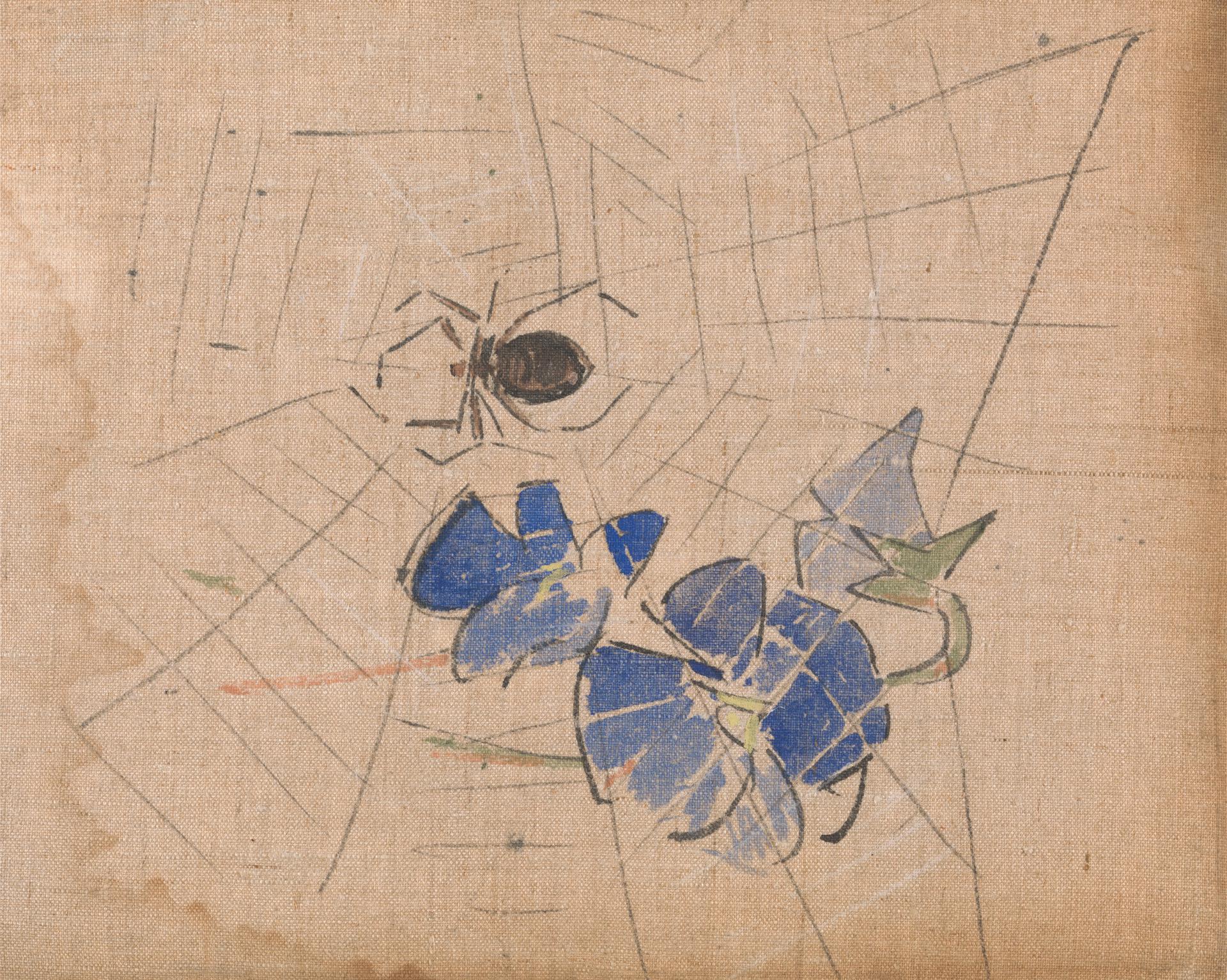Family lore has it that many years ago my grandfather, upon seeing his dirty, half-naked two-year-old first-born toddle grumpily into his study, proclaimed this variation of Thomas Hobbes‘ famous line: “Man in the state of nature is nasty, brutish, and short.”


 I like to think that Maurice Sendak might smile wryly at my grandfather’s detached observation and the rather unsentimental view of his own child and children in general that the remark revealed. Anyone who has read Sendak’s books—Where The Wild Things Are, Outside Over There, In The Night Kitchen—knows that his illustrated stories for children and the vision of childhood these stories contain more than a tincture of darkness: a trio of demented Oliver Hardy-esque bakers with Hitler mustaches try to bake a little boy into a cake, goblins steal a baby and replace it with a baby carved of ice, a boisterous little boy chases his dog with a fork, threatens to eat his mother, and subdues a race of savage imaginary creatures many times larger than himself. And when Sendak is not illustrating his own dark tales, he often illustrates those of old masters of the uncanny, grotesque, and fantastic: Jacob and Wilhelm Grimm, E.T.A. Hoffman, Henry James (The Turn of the Screw—these unpublished illustrations are in the archives at the Rosenbach Museum and Library, Philadelphia), Mozart (opera sets for The Magic Flute).
I like to think that Maurice Sendak might smile wryly at my grandfather’s detached observation and the rather unsentimental view of his own child and children in general that the remark revealed. Anyone who has read Sendak’s books—Where The Wild Things Are, Outside Over There, In The Night Kitchen—knows that his illustrated stories for children and the vision of childhood these stories contain more than a tincture of darkness: a trio of demented Oliver Hardy-esque bakers with Hitler mustaches try to bake a little boy into a cake, goblins steal a baby and replace it with a baby carved of ice, a boisterous little boy chases his dog with a fork, threatens to eat his mother, and subdues a race of savage imaginary creatures many times larger than himself. And when Sendak is not illustrating his own dark tales, he often illustrates those of old masters of the uncanny, grotesque, and fantastic: Jacob and Wilhelm Grimm, E.T.A. Hoffman, Henry James (The Turn of the Screw—these unpublished illustrations are in the archives at the Rosenbach Museum and Library, Philadelphia), Mozart (opera sets for The Magic Flute).
 As Patricia Cohen reflected in the New York Times last year, Sendak “is not, as children’s book writers are often supposed, an everyman’s grandpa.” Cohen’s conclusion reflects Sendak’s preoccupation with the Holocaust in his work for children—suggested in details like the baker’s mustaches and their desire to bake Mickey alive in Night Kitchen; engaged explicitly in his illustrations for Hans Kràsa‘s 1938 work Brundibar, a political allegory of the Nazis treatment of European Jews qua children’s opera, first performed clandestinely by Jewish orphans in Nazi-occupied Prague, and again in his illustrations for Zlateh the Goat, Isaac Bashevis Singer‘s collection of children’s tales, to whose characters Sendak gave the faces of his own relatives lost in the Holocaust. But Cohen’s assessment also reflects Sendak’s confession of extensive and passionate hatreds: a cruel uncle from his childhood, God and religion, Salman Rushdie, sugary animation. Sendak’s hates culminated in the revelation: “I hate people”—though he had high praise the company of dogs, like his German shepherd, Herman (as in Melville).
As Patricia Cohen reflected in the New York Times last year, Sendak “is not, as children’s book writers are often supposed, an everyman’s grandpa.” Cohen’s conclusion reflects Sendak’s preoccupation with the Holocaust in his work for children—suggested in details like the baker’s mustaches and their desire to bake Mickey alive in Night Kitchen; engaged explicitly in his illustrations for Hans Kràsa‘s 1938 work Brundibar, a political allegory of the Nazis treatment of European Jews qua children’s opera, first performed clandestinely by Jewish orphans in Nazi-occupied Prague, and again in his illustrations for Zlateh the Goat, Isaac Bashevis Singer‘s collection of children’s tales, to whose characters Sendak gave the faces of his own relatives lost in the Holocaust. But Cohen’s assessment also reflects Sendak’s confession of extensive and passionate hatreds: a cruel uncle from his childhood, God and religion, Salman Rushdie, sugary animation. Sendak’s hates culminated in the revelation: “I hate people”—though he had high praise the company of dogs, like his German shepherd, Herman (as in Melville).
This Gulliver-ian preference for animals over people is perhaps fitting for the man who gave us Max, the wolf suit-clad hero of Where The Wild Things Are, a boy who has more to do with beasts and the beastly than he does with the human and the civilized. Max seems an archetypal example of my grandfather’s intuition that human infants offer us intimations of the infancy of human civilization, at least as Hobbes described it. This is also perhaps a central theme of Where The Wild Things Are. One of the most wonderful and arresting things about children is their tinge of the feral, the uncivilized, the wild: They pick their noses in public, they stare unrepentantly at strangers and ask scandalously blunt questions, they are not ashamed to be naked, they snatch things they covet, they scream and kick and sob when they are thwarted in their desires.
To be a child is to lack the inhibiting self-consciousness of adulthood, the stifling ever-present awareness of other people, their needs, the dangers of their disapproval. Children are still not fully aware of the things we must do (bathe, dress, wait our turn) and must not do (steal, bite our enemies, wail when we don’t get our way) so that we can bear and trust each other enough to exchange goods and ideas, so that we do not live in abject horror of our fellow creatures, so that civilization and the arts and sciences can advance. My grandfather’s artful misquotation of Hobbes finds its source in this passage from Leviathan that describes the state of perpetual war (the “Warre…of every man, against every man”) in which Hobbes believed that humanity lived while in “the state of nature” (a mythical time in human history before the institution of laws and governments, often invoked by early modern political theorists):
In such condition, there is no place for Industry; because the fruit thereof is uncertain: and consequently no Culture of the Earth; no Navigation, nor use of commodities that may be imported by Sea; no commodious Building; no Instruments of moving, and removing such things as require much force; no Knowledge of the face of the Earth; no account of Time; no Arts; no Letters; no Society; and which is worst of all, continuall feare, and danger of violent death; And the life of man, solitary, poore, nasty, brutish, and short.
This is a world ruled by violence, mischief, and selfishness rather than law; Each man is free to do whatever he likes because there is no ruler and no law to impose a sense of mutual obligation and respect among people. Every man is a law unto himself, interested only in the fulfillment of his own desires, whatever the cost to others. This is also the world in which Max lives in Where The Wild Things Are. When we meet Max in the first small frame of Sendak’s book, his expression is angry and determined. He’s wearing the wolf suit that makes him look only half human (“brutish“), and he’s in the midst of building himself a tent or fort of some kind with a hammer, nails, and sheets. He’s using books—those symbols of civilized culture, learning, and wisdom—as a stepping-stool (“short“) to construct his ragged dwelling, and his stuffed bear hangs by its arm or neck from a string at the edge of the frame (“nasty“). Max is alone except for his hanged teddy (“solitary“).
And so we have in Wild Things Hobbes for children and a Hobbesian child hero (“no Arts; no Letters; no Society…the life of man, solitary, poore, nasty, brutish, and short.”) Max seems constrained by the civilized domestic world in which we find him in the first frame. Sendak reveals Max’s confinement by making his first illustration only four inches by five and a half, with three-inch, white margins; the story’s illustrations grow progressively larger as Max’s wildness escalates and he is finally sent to his room. Only when the imaginary forest realm of the wild things has totally overgrown his room do the illustrations take up the whole of each page—as if to say that only when Max enters his imaginary world of unadulterated wildness and savagery do we see him fully. His appetite for savagery is hampered in his mother’s tidy, monochromatic home; he is a rebel whose taste for violence and mischief makes him eternally at odds with the civilized, rule-bound world of his mother’s house.
For his wildness, Max is sent to bed without dinner. At first he is angry at this confinement, but as his room transforms into a forest, Max’s expressions grow increasingly pleased. When he sails off in his private boat on the great ocean of the imagination, “through night and day and in and out of weeks and almost over a year to where the wild things are,” we see him smile for the first time. Amongst the wild things, Max’s wild willfulness is not punished, but celebrated: For his fierceness and the force of his will he is made king of this race of yellow-eyed grotesques. They obey and take pleasure in his wild ways—the rumpus-making that had gotten him into so much trouble with his mother, is here a delightful, unproblematic pastime.
But there is something missing in Max’s private world, for all of the power and freedom it gives him. When he calls an end to the wild rumpus and imperiously orders the other wild things off to bed without supper, they sleep contentedly beneath the trees, while Max, alone in his royal tent, remains awake, pensive. As king of the wild things he has his way amongst them absolutely; he can do whatever he wants—and yet he feels a sense of loss and loneliness. It may be, as Nicolo Machiavelli insisted, “much safer to be feared than loved,” but that does not make the loveless life pleasant. Max craves love—”to be where someone loved him best of all,” and he realizes, in his kingly solitude, that the price of absolute wildness, violence, and willfulness is that love.
And so he returns back over the ocean in his private boat and arrives in his room to find a hot supper waiting for him. In Sendak’s final illustration, Max smiles at this discovery and pushes off the hood of his wolf suit. The gesture suggests that he relinquishes something of his savageness in exchange for his mother’s forgiveness, her kindness, her care. Max has discovered that selfishness and lawlessness come at a very high price indeed.
This is what we all learn, if we grow up. Adults (more or less) follow “the way of the world” (as Hegel called it): the rules, written and unwritten, that keep us from punishment and disapproval, that make us (we hope) loveable—and, more practically, keep us employed, fed, out of jail. Children obey the law of heart (Hegel, again); they know only what they want and pursue that relentlessly, whatever the cost to others (if you have seen a child throw a tantrum, you know what Hegel meant).
We are all born wild things, we are all born “nasty, brutish, and short”—when and whether we take the wolf suit off is the question.












